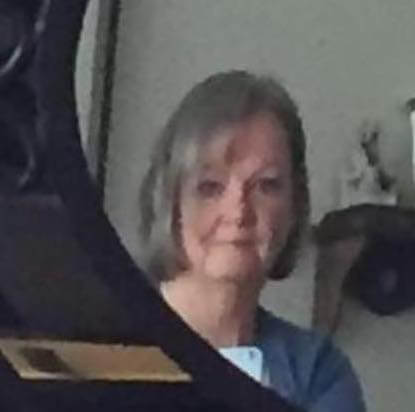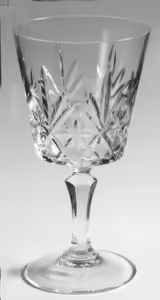Two summers ago, I was antique hunting in rural Ohio and thought I found a real Staffordshire Eathernware Duck, and so did the women next to me. I kind of lurked in the background while she picked it up, looked at the bottom, got out her glasses, and looked at the bottom again, and walked away. She apparently left to find a friend to check it out, but meanwhile, I picked it up and looked at the bottom and saw that mark and thought- Staffordshire!!!. I went looking for her to see if she wanted it, but I could not find her. So I went back and took it to the counter.
Now I should have known when they only wanted $27.00 that this was no treasure, but at $27, blue and white and cute…well, I brought it home.
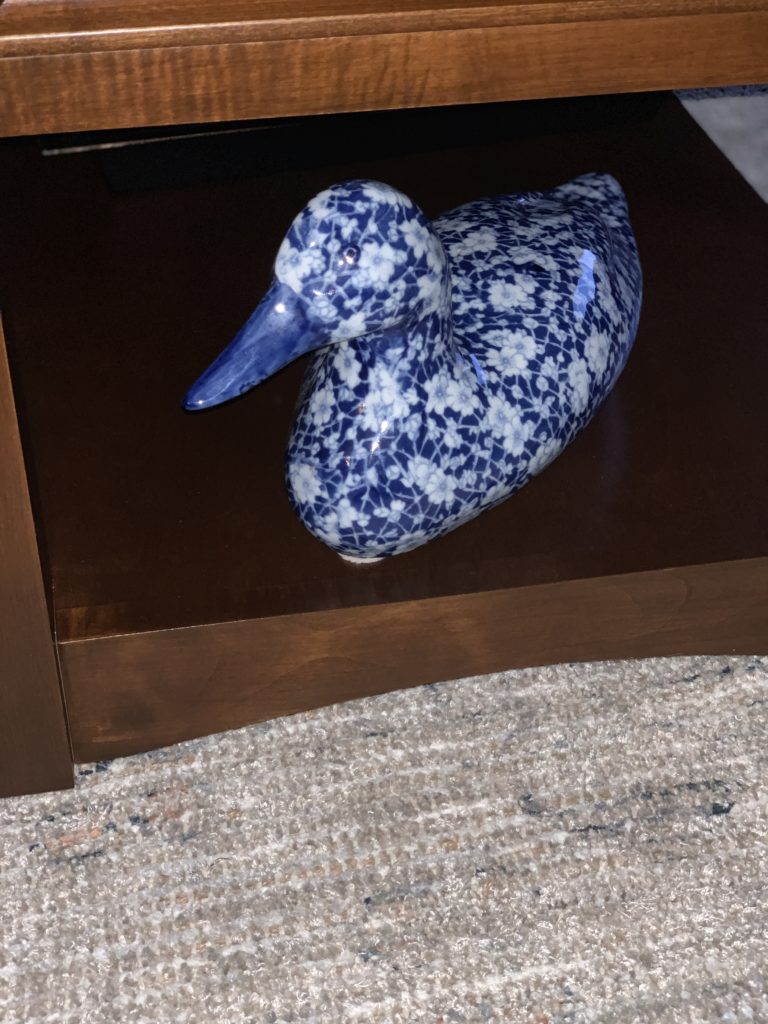
I had seen a multitude of Staffordshire figures and plates in Ireland and England antiques and also American collectibles shops. John had a “couples pottery” at the house and a figurine of a pair of greyhounds with hare; I always found them a bit ugly, a bit like the toby mug collectibles.
The Staffordshire mark is distinctive and many. Staffordshire is a region in southern England noted for superb pottery, and many potteries made items sold as Staffordshire. However, there is one that retained the name Crown Staffordshire.
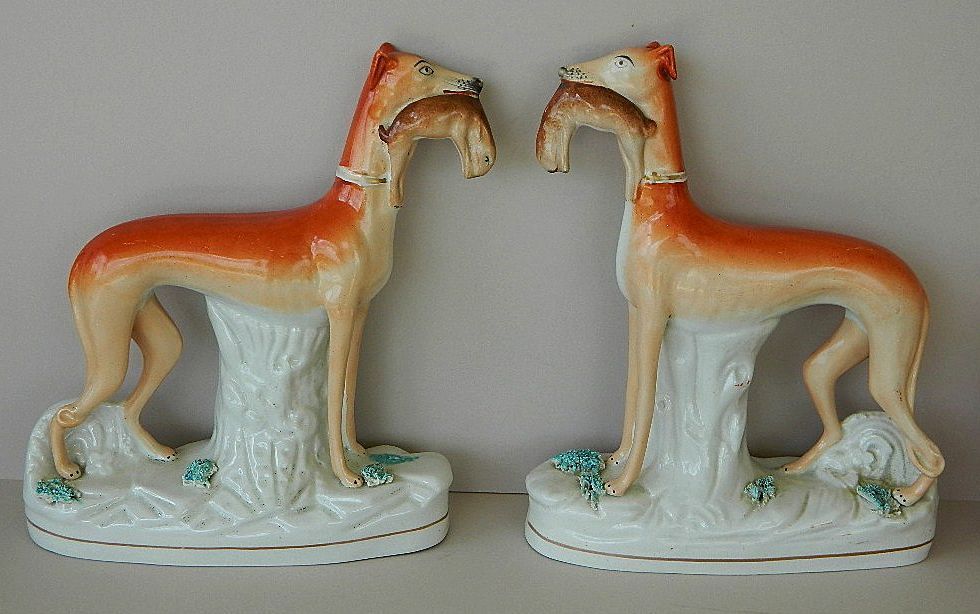
Here is an article that can give you some insight into pottery marks. Many new marks on reproductions are based on the British Royal Arms, a heraldic device with a shield in the center surrounded by a lion on one side and a unicorn on the other (Figs. 39, 41-42). Look in any book on marks, and you’ll find many 19th century companies used the Royal Arms in their stamp-marks. When you find such a mark, apply the rules previously discussed. Beware of unusually large marks and marks without a country, pattern, or company name.
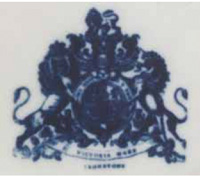
There is no explanation of why the word “Victoria” appears so often in new marks. There is no famous or well known 19th-century mark that uses the word. There are several 19th-century patterns named “Victoria” and several relatively minor potteries with “Victoria” in their names, but there is no authentic 19th-century mark with “Victoria” and the British Arms.
There are bookstores full of books on antiques and Staffordshire and pottery. I couldn’t possibly tackle a discussion on that in this post. I recommend, if interested, check out some websites and books on English pottery.
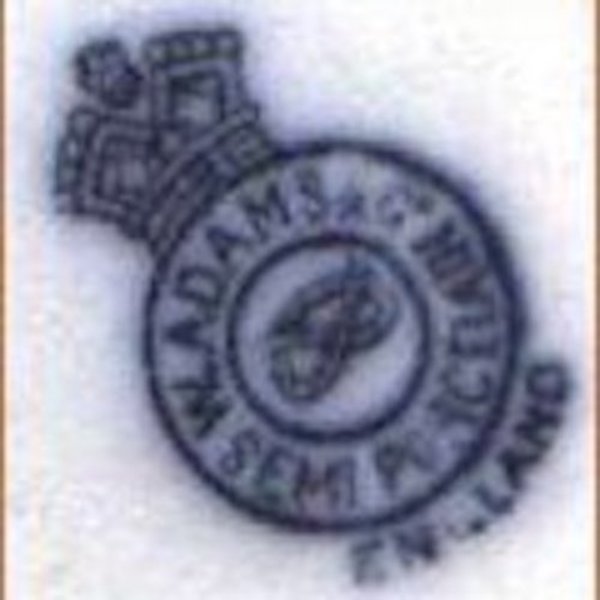
Ironstone Repro
I will make one statement though: One should keep in mind: beware of reproductions. Even the most astute collector can be taken in with a replica.
The duck I looked at was a typical Chinese reproduction of ironstone. The main differences between earthenware, ironstone, and porcelain is the clay used but mainly the time fired and the heat level. One could say ironstone is in the middle range of the two: less porous than earthenware- it began in England as a cheaper alternative to customers that porcelain or fine china.
Ironstone
Ironstone was first developed in England by Charles Mason of Staffordshire, England, as a refinement of earthenware. The clay in the areas and the new firing process made a less porous, smoother, and high gloss glaze look that resembled porcelain. It was loved by the middle classes in
England and Mason began distribution to America in the 1860s. Usually sold as white tableware, it is highly collectible today. Even Martha Stewart collects ironstone.
Over time, Staffordshire potters offered ironstone in various patterns and added colors, transferware patterns. I collect both solid white and blue and white ironstone & antique porcelain.
Cobalt Blue Transferware & Flow Blue
Staffordshire, England offered mainly the new “flow blue” design in ironstone to the middle-class in England and America in the mid-1800s. The “masses” loved it, and it became a huge market. The Chinese, the originators, and experts in porcelain and fine china copied it for the American and English markets. China attempted to copy various English maker marks See HERE for info.
There is still a market in victorianware ironstone reproductions-hence my duck.
When I looked at the bottom of my duck, I saw what looked like a Staffordshire mark, so I took it. There is a calico Staffordshire pattern, but I found out later, it states the design Calico and has a specific mark, not the one I found.
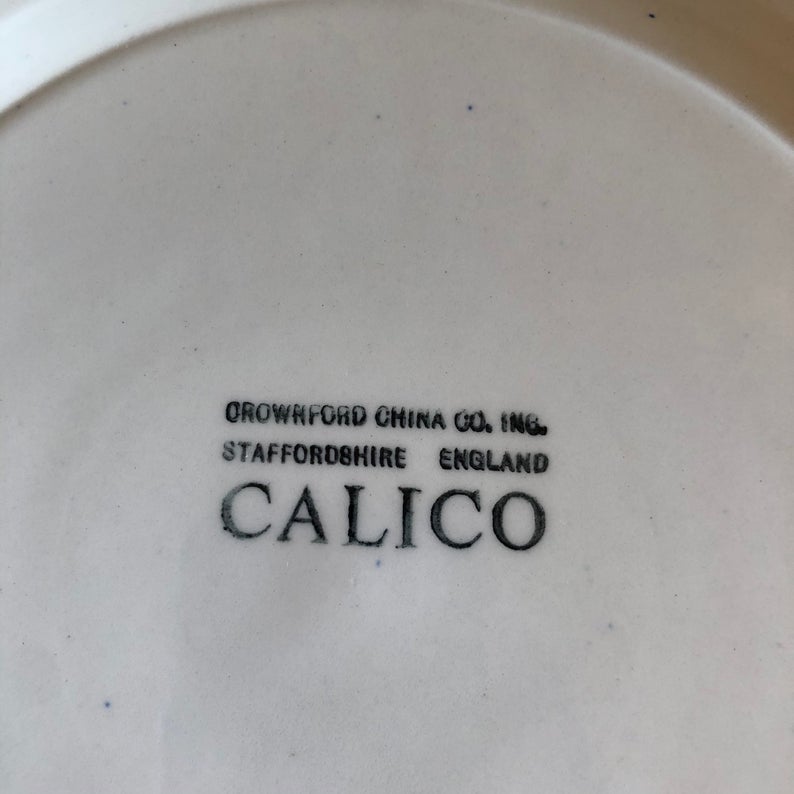
Edith & Evelyn bloggers posted about their collection. HERE

One of the most inclusive collection I have seen.
Marion Parson, a seasoned and well know blogger has collected ironstone for years. Here is a link to heer guide on how to collect ironstone HERE
So remember the true adage: “Let the buyer beware.”
I hope you enjoyed my duck. Do you collect porcelain or ironstone?
Ever found that “Gem” at a garage sale or shop?
Take care guys, and talk soon
Dara

